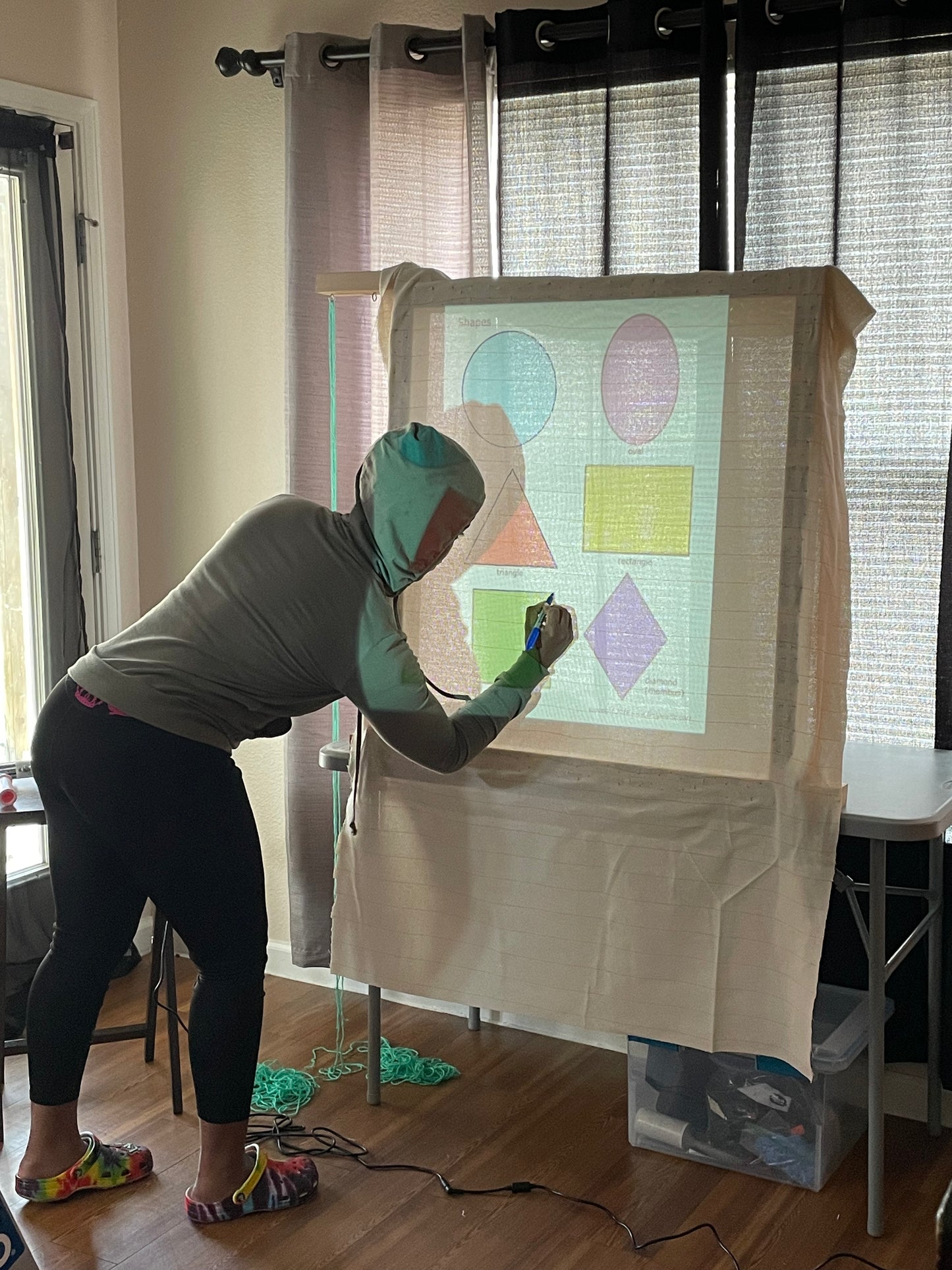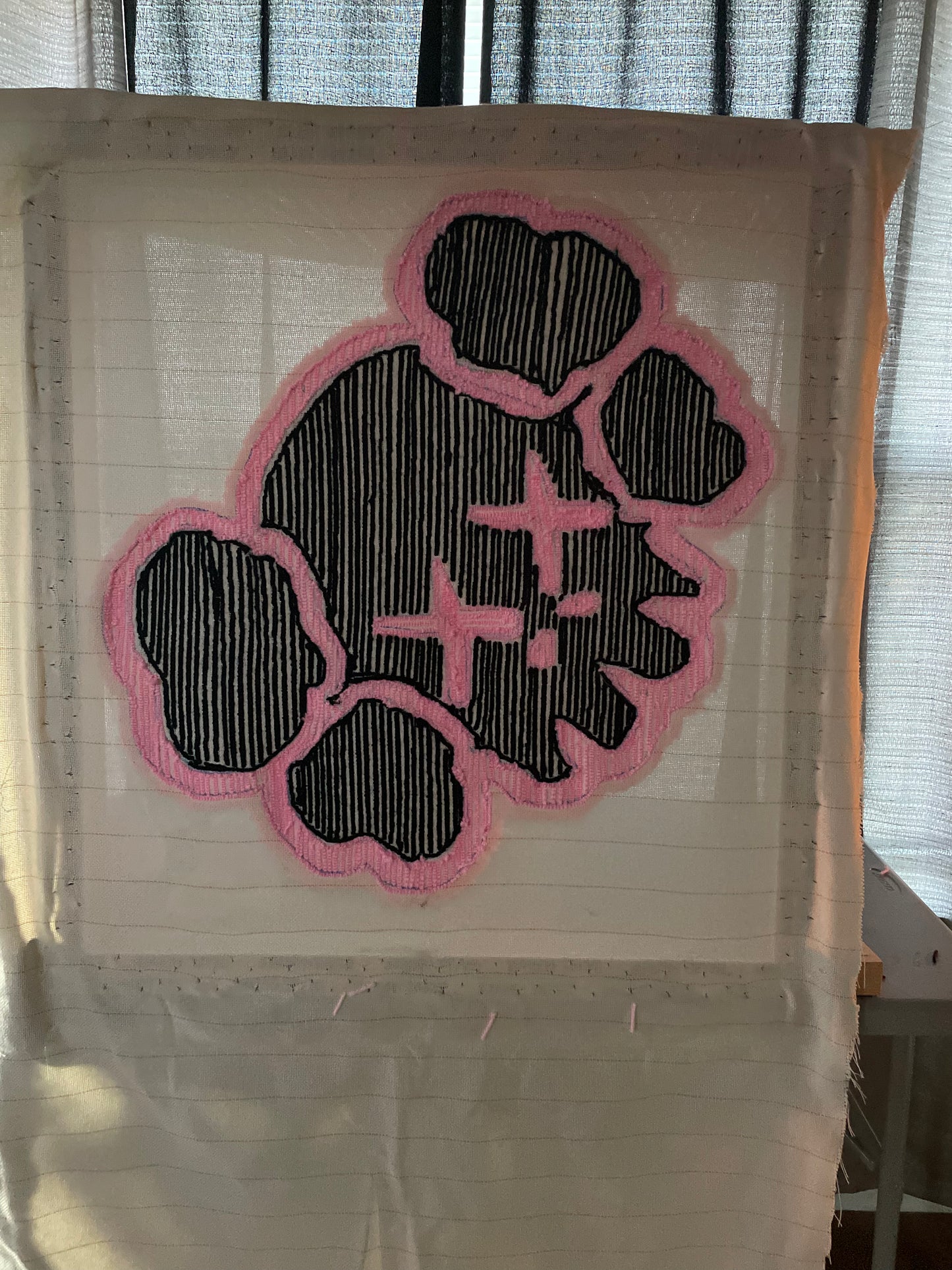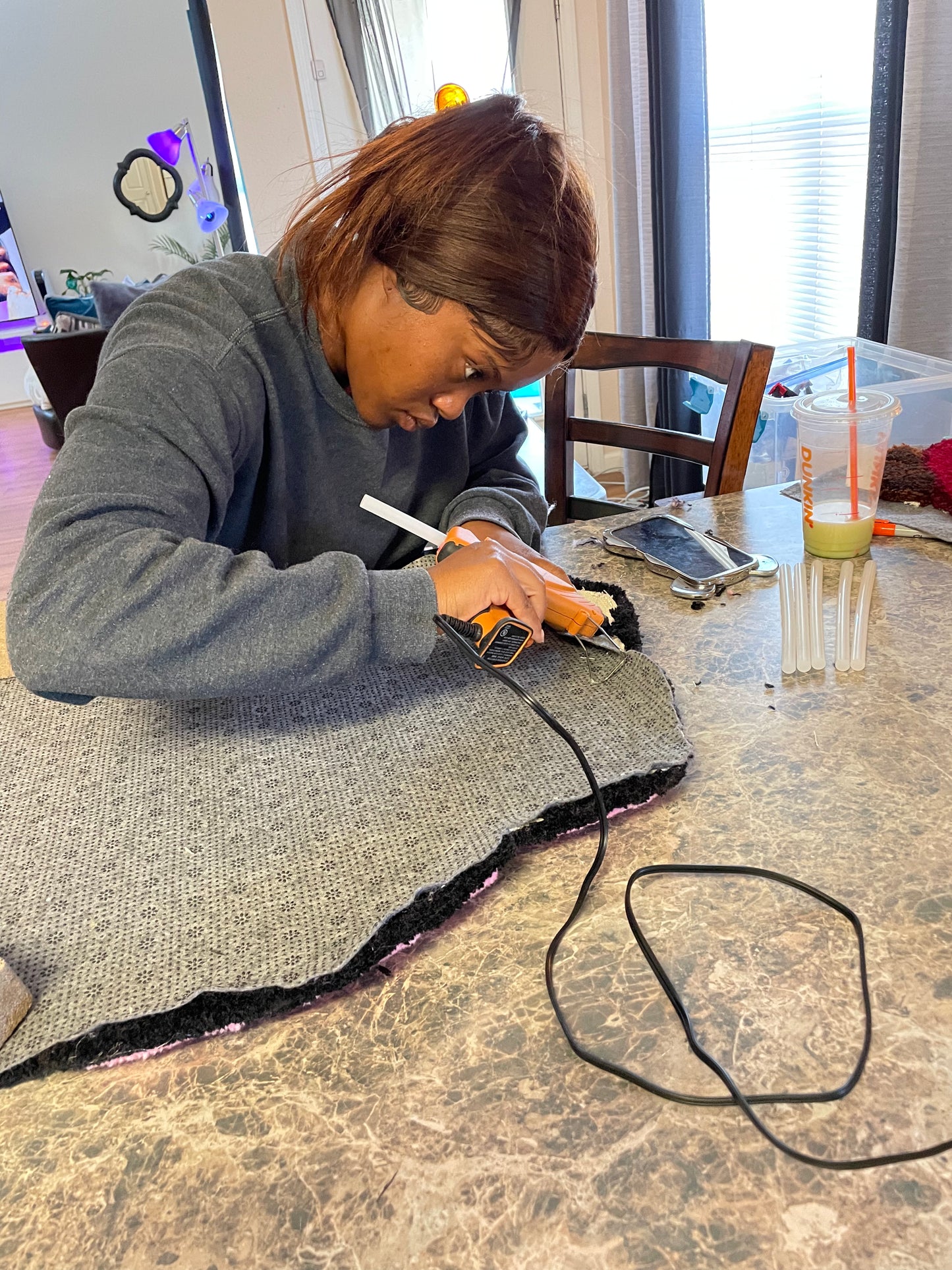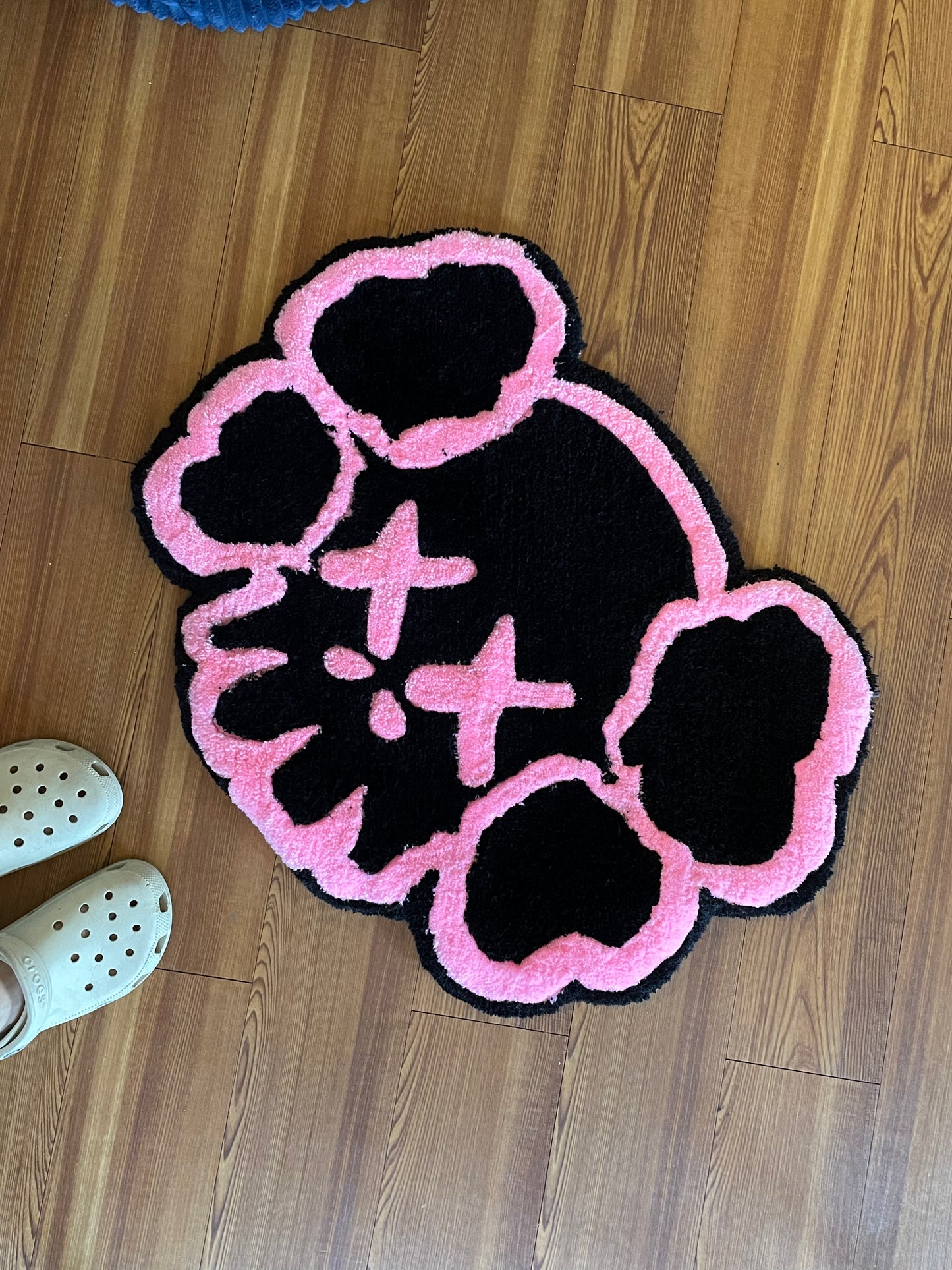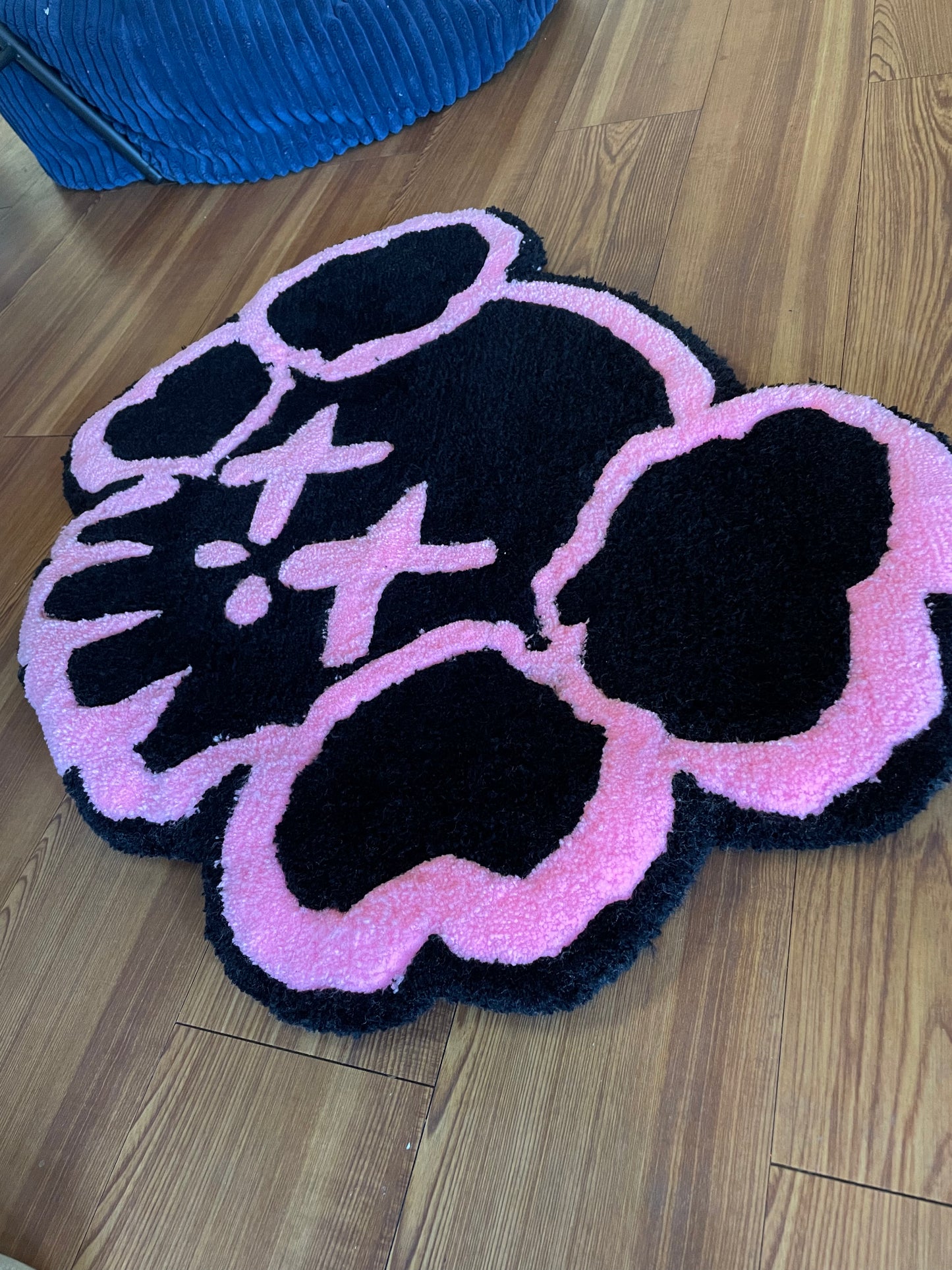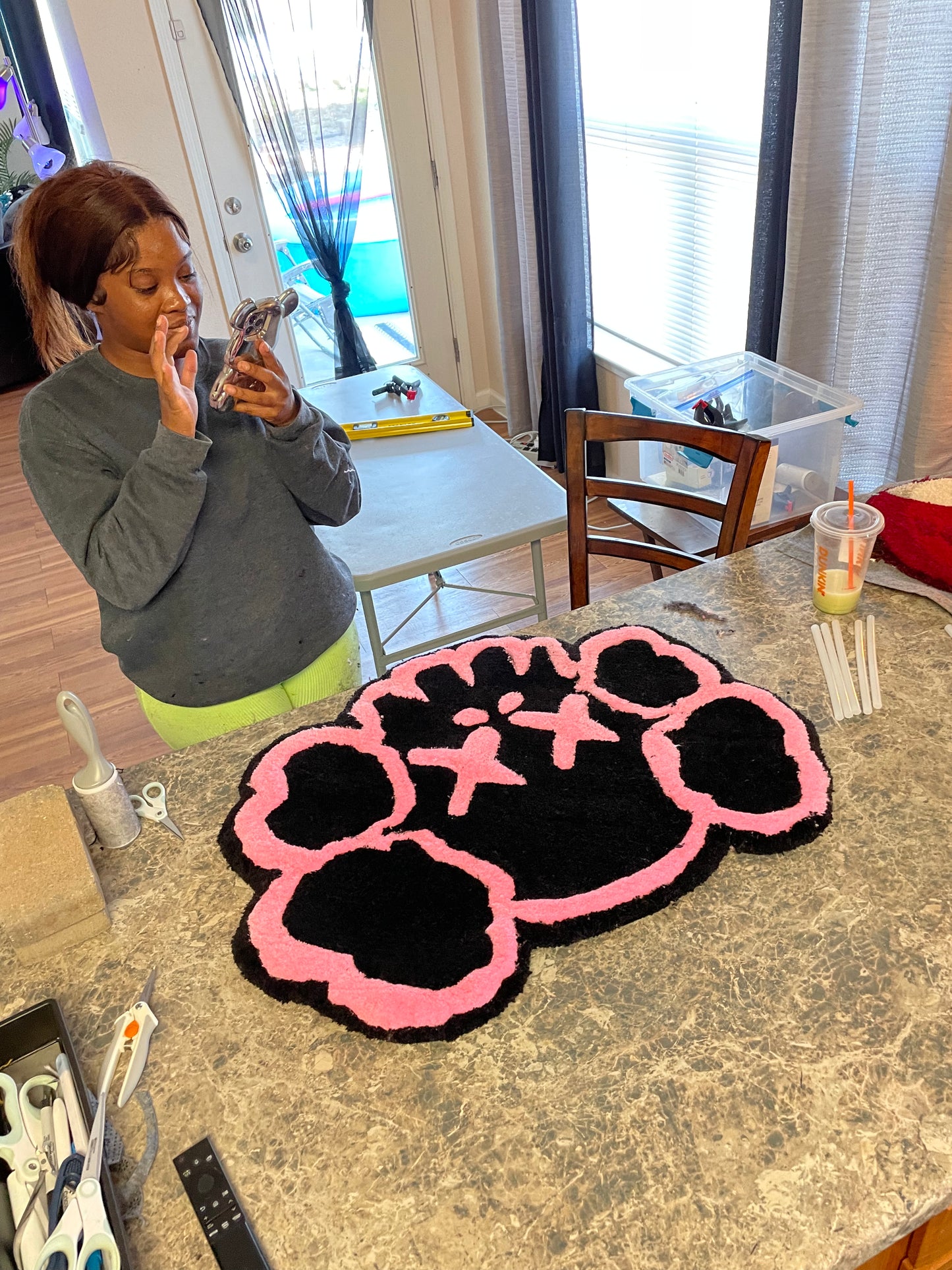How to Care for a Custom Rug
Discover the essential guide to caring for your handcrafted custom rug. Learn tips and tricks on how to maintain the beauty and longevity of your rug. Make sure your investment lasts a lifetime with our comprehensive care instructions.

Vacuum your Rug Regularly Using Suction Only
Dirt, dust, and other grit can quickly work themselves deep into your rug’s fibers if given the chance. Their abrasive texture can ultimately result in loss of your rug’s pile - also known as fiber density - which leads to a faded and worn look.
The best way to prevent this is to regularly vacuum or sweep your rug. We recommend this routine cleaning once every one to two weeks, especially if your carpet is in a high-traffic area.
An important note: never vacuum your rug using the vacuum’s beater brush or bristles, since they will remove a small number of your rug’s fibers with every pass. Over time, this can destroy your carpet entirely. Be sure to use just the suction attachment, and if your rug is particularly fine or fragile, consider sweeping it or using a non-harsh pet-hair or fiber brush instead.
Clean Spills Immediately
If liquid or food spills onto your rug, clean it up as soon as possible. The longer the spill is able to seep into the carpet, the harder it will be to remove completely.
Blot up excess liquid first using a dye-free towel or cloth, taking care not to rub the spill deeper into the rug’s fibers.
Do not use harsh soaps or cleaning products, since they can affect your rug’s dyes and cause permanent discoloration. If a cleaning solution is necessary, test on small section of your rug first.
**Do Not Machine Wash**
Keep Your Rug Dry
Keeping excess moisture away from your rug will help prevent mold, mildew, and dry rot, so make sure your rug has the opportunity to dry completely any time it gets wet.
For small spills or wet footprints, you’ll be fine absorbing excess liquid with a towel and allowing the rug to lay flat. In the case of large spills where the rug is saturated all the way through, you will want to elevate the wet spot until it is dry.

Tuft Luv by ALeigh
TuftLuv Academy
Share

